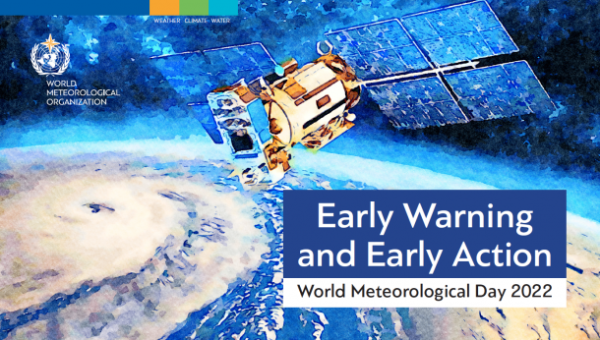“WMO’s vision is that by 2030, we see a world where all nations, especially the most vulnerable, are more resilient to the socioeconomic consequences of extreme weather, climate, water and other environmental events”, Prof. Petteri TAALAS – WMO Secretary-General.
Last March 23 was the World Meteorological Day; the edition 2022 addressed the specific topic of Early Warning and Early Action and the crucial role of Hydrometeorological and Climate Information for Disaster Risk Reduction.
Impact-based forecasts on weather are critical to save lives and avoid infrastructure damages; nevertheless, the World Meteorological Organisation (WMO) estimates that one in three people are not adequately covered by early warning systems.
Being part of the Climate Risk and Early Warning Systems Initiative (CREWS), which builds resilience among vulnerable countries and communities, is one of the WMO commitment towards a global community resilience.
As WMO reminds, a “greater coordination between national meteorological and hydrological services, disaster management authorities and development agencies is fundamental to better prevention, preparedness and response […] Being prepared and able to act at the right time, in the right place, can save many lives and protect the livelihoods of communities everywhere, both now and in the future”.
***
If you missed the World Meteorological Day ceremony, watch the live stream recording here.
Read the full WMO Secretary-General’s Statement here, to get informed of all the ongoing and upcoming WMO initiatives.
Listen the UN Secretary-General’s Message here.
Find WMO outreach material here.

